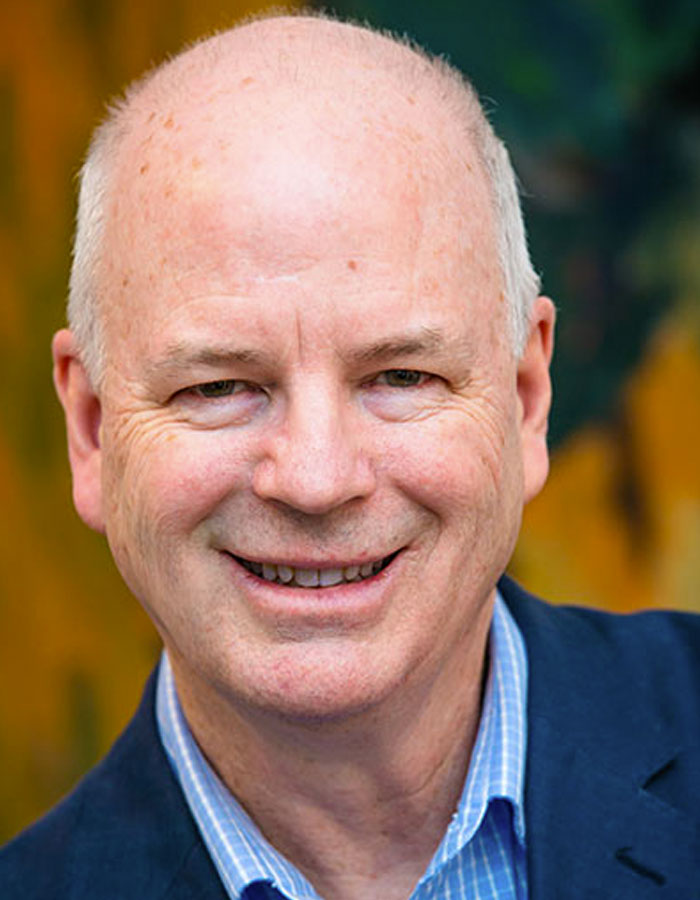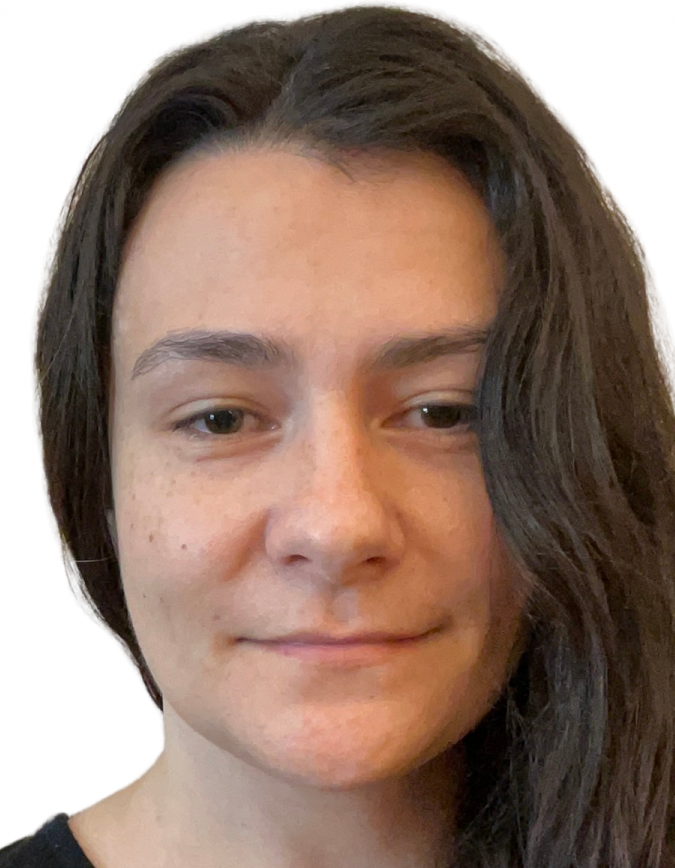About Us
The Cornell Council for the Arts (CCA) is a university-wide cultural organization that provides a platform for the creation of and public discourse on the contemporary arts on campus. Through our annual grant program, exhibitions, public talks, artist residencies, special projects and student awards, the CCA promotes interdisciplinary, collaborative, and experimental artistic forms in order to inspire innovative and challenging projects by students, faculty, departments and programs from all disciplines.
(Photo: America Project by Paul Vanouse, 2022 Cornell Biennial; Photo by Anson Wigner)
607-255-7274
cca@cornell.edu
Monday-Friday
10am-3pm
116 W Sibley Hall
Ithaca, NY 14853
Mission Statement
The Cornell Council for the Arts has taken many forms since its inception in 1965. In the words of founder James McConkey, the university and its populations in every field “constitute a laboratory affording exceptional experiences through thinking, making and doing;” fostering excellence at every level to be carried outside the walls of the institution to the greater community.
The mission of the Cornell Council for the Arts is to be the conduit for this effort in the creative disciplines, including but not limited to visual arts, performing arts, creative writing and spatial, geographical aesthetics such as architecture and the landscape. It is the job of the Council to insure that these arts and the scholarly activity associated with them are equal partners in the university’s public image, and that the creative products of students and faculty alike are proudly put forward in local, national and international professional arenas.
To that end, the Council is mandated to provide both financial and philosophical support for initiatives that carry the highest innovative, experimental and life-changing potential in the arts, funding such projects through a competitive annual grant process, and initiating programs that encourage interaction with a broad variety of outside entities.
(Photo: BIGSOFTFUNGI by Vivian Lin, CCA Grant Program)


Director's Statement
Artistic verve lifts the spirits of the Cornell community as it reverberates across the campus. The vibrant proliferation of color, sounds, moving image, landscape, and built environment infects Big Red classrooms, exhibit halls, gardens, and labs. Imaginative intersections in art, music, performance, and design draw their inspiration from Cornell’s historical commitment to mixing creative inspiration with speculative endeavors in research, design, and pedagogy. The Ithaca campus boasts the world class Herbert F. Johnson Museum of Art, as well as extensive curatorial programs in new media art, hip hop, books, photography, film, fabric, sound, and landscape. What’s more, our internationally lauded centers of research in music, performance, film, writing, and computing infuse creative energy into our leading pedagogical programs across the fields of architecture, design, the fine arts, engineering, and the sciences.
Creation, Research, Theory, Design, Pedagogy. These artistic keywords exemplify the fabric of the Cornell Council for the Arts whose mission is to broaden the tapestry of the arts across the Cornell campuses in Ithaca, New York, Rome, and beyond, while expanding the impact and influence of Cornell artistic creativity and research throughout the nation and the globe. CCA’s sponsored projects and its international Cornell Biennial blend traditional strengths in classical practices such as painting, sculpting, composing, writing, acting, and designing with emergent research that brings artistic vision into contact with the latest developments in technology, computing, biology, sustainability, media, and the critical and cultural pathways forged in the humanities and social sciences. Through CCA the arts are networked anew across Cornell and the broader electronic highway. We invite Cornellians to breathe the arts.
CCA formally supports the creative and performative hubs of the Johnson Museum, Cornell Cinema, and the Cornell Concert Commission, while encouraging artistic creation in architecture, performance, design, media arts, and creative writing. Our grants, performances, and exhibitions open exciting paths of collaboration with the University’s distinguished interdisciplinary centers in technology, ornithology, sustainability, biology, computing, engineering, the humanities and social sciences. CCA also celebrates the inventive dynamism of the arts that lies at the core and fabric of all of Cornell’s professional research endeavors, whether through inventive chemical mixtures of paint, emergent interfaces in computing, visual and aural interfaces of landscape and nature, stunning imaging in science and astronomy, or electrifying folds of media projection and bold shapes of architectural surface.
We invite the Cornell community to join us in intensifying the Big Red artistic verve. Artistic inspiration breeds thought; imaginative creativity breeds innovation; and aesthetic pleasure breeds energy.
Timothy Murray Biography
Timothy Murray is Professor of Comparative Literature and English and Curator of the Rose Goldsen Archive of New Media Art in the Cornell Library. A curator of new media and contemporary art, and theorist of visual studies and digital culture, he has been forging international intersections in exhibition and print between the arts, humanities, and technology for over twenty-five years.
In addition to programming innovative series in video and cinema, he has been at the curatorial forefront of international exhibitions in digital and conceptual art. He staged the largest international exhibition of digital art created for CD-Rom, “Contact Zones: The Art of CD-Rom” (contactzones.cit.cornell.edu), which toured from 1999-2004 in the US, Canada, Mexico, France, with offshoots in Macau and Johannesburg. With Arthur and Marilouise Kroker, he curated and designed the conceptual internet art journal, “CTHEORY Multimedia” (ctheorymultimedia.cornell.edu), and, with Teo Spiller, he staged the first off-line internet art exhibition at INFOS 2000 in Slovenia. Most recently, he collaborated with Sarah Watson and Sherry Miller Hocking on “The Experimental Television Center: A History, ETC” at Hunter College Galleries in New York City and he curated “Signal to Code: 50 Years of Media Art in the Goldsen Archive” (rmc.library.cornell.edu/signaltocode) in the Cornell Library and the Herbert F. Johnson Museum of Art. He founded the Rose Goldsen Archive in 2002, which since has grown into a leading international repository of electronic and digital art. He serves as co-moderator of the -empyre- new media listserv.
At Cornell, he was one of the founders of the cross-college undergraduate minor in Visual Studies and the graduate minor in Film and Video before serving as Director of the Society for the Humanities from 2008-2017. He currently is Co-PI of Cornell Mellon Studies in Architecture, Urbanism, and the Humanities. A national advocate for intersections between the arts and humanities, he serves on the Executive Committee of HASTAC and the Boards of Directors of the National Humanities Alliance and Humanities New York. Internationally, he is a Hai-Tian (Sea-Sky) Scholar, Dalian University of Technology, Dalian, China, and a Senior Fellow of the School of Criticism and Theory.
A recipient of fellowships and grants from NEA, NEH, Mellon, Rockefeller, Fulbright, and Korea National Research Foundation, Murray is currently working on a book, Archival Events @ New Media Art, which is a sequel to Digital Baroque: New Media Art and Cinematic Folds (Minnesota, 2008). Among his publications are the books Medium Philosophicum: Thinking Art Technologically (Universidad de Murcia, forthcoming, 2017), Zonas de Contacto: el arte en CD-Rom (Centro de la Imagen, 1999), Drama Trauma: Specters of Race and Sexuality in Performance, Video, Art (Routledge, 1997), Like a Film: Ideological Fantasy on Screen, Camera, and Canvas (Routledge, 1993), Theatrical Legitimation: Allegories of Genius In XVIIth-Century England and France (Oxford, 1987), ed. with Alan Smith, Repossessions: Psychoanalysis and the Phantasms of Early-Modern Culture (Minnesota, 1998), ed., Mimesis, Masochism & Mime: The Politics of Theatricality in Contemporary French Thought (Michigan, 1997), ed. Xu Bing’s Background Story and his Oeuvre (Mandarin), co-edited with Yang Shin-Yi (Beijing: Life Bookstore Publishing, 2016), and ed. with Irving Goh of The Prepositional Senses of Jean-Luc Nancy, 2 Vols., diacritics (2014-16).